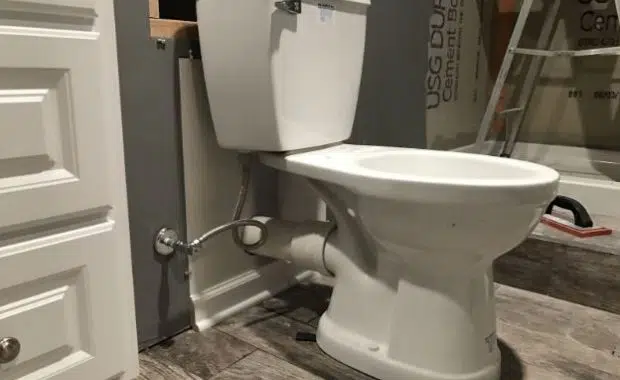Installing a toilet in your basement is an excellent way to maximize your living space. It can transform your ground floor from a drab storage area
How to Install a Toilet Guide
Most think that installing your own toilet is difficult, right? Wrong! We have created an easy to follow that will guide you from start to finish
Properly Install a Toilet Seat (Simple Steps)
Contrary to popular opinion, replacing or installing a toilet seat is a relatively easy affair. All you need are some basic tools and you’ll be able
Bidet Seat Install Guide
DIY toilet projects are a major trend nowadays, with many homeowners looking for opportunities to take on new projects at home. As peoples’ skills and
Basement Toilet Install Guide (Read This)
Installing a toilet in your basement is an excellent way to maximize your living space. It can transform your ground floor from a drab storage area
Toilet Floor Tile Guide (Methods)
New tiles in your bathroom are a beautiful addition that will last for years. Plus, there are several durable and practical materials ideal for a
Install a Toilet Flange Guide
A flange is the part of the toilet which connects the toilet to the drainpipe in the floor. You may need to change the flange if it is cracked or






